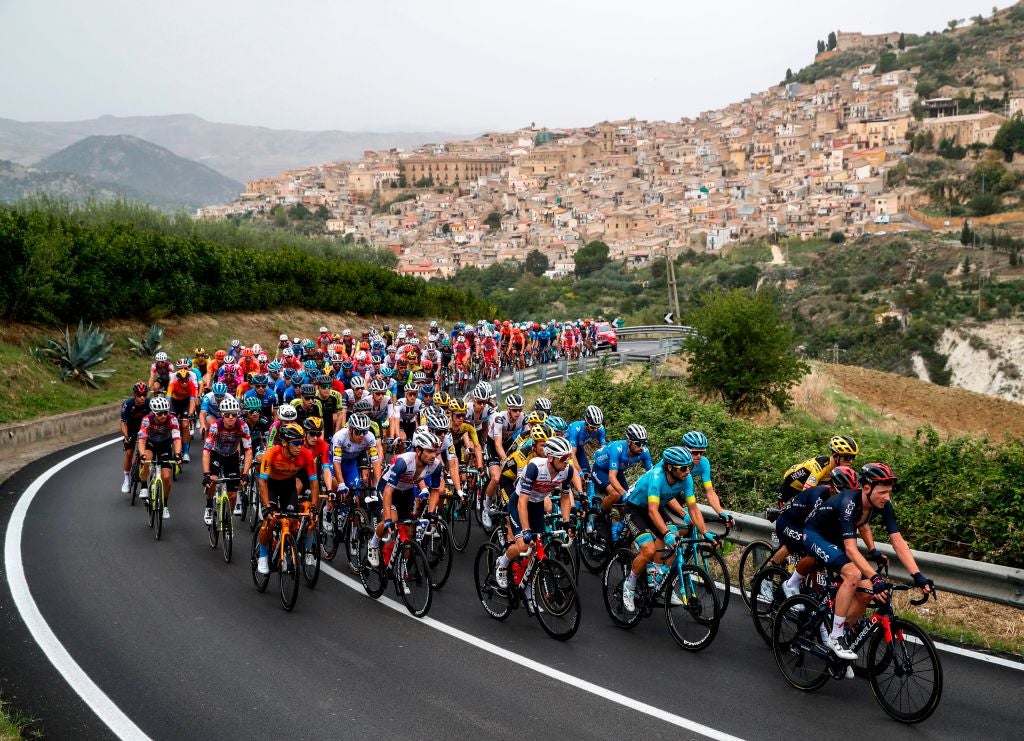Why the Giro d’Italia is a tougher test than the Tour de France
After Geraint Thomas was forced to abandon this week, Jack Rathborn looks at why Italy’s race could be cycling’s most formidable


As the peloton weaved its way through the damp streets of Sicily last Monday en route to Mount Etna, Geraint Thomas’ Giro d’Italia was brought to a cruel and abrupt ending.
A seemingly innocuous water bottle was the villain this time, carelessly discarded yet incredulously lodged itself in Thomas’ wheel, send ing him tumbling towards a brutal crash and a fractured hip.
The former Tour de France winner persevered, despite crimson visible beneath his shredded lycra. His courage would sadly not be enough, with the Ineos Grenadier forced to abandon, just like he did in 2017, soon after crawling towards stage three’s spectacular finish surrounded by volcanic rock.
“It's so frustrating. I'd put so much work into this race," the 2018 Tour de France winner said. "I did everything I could and feel like I was in just as good, if not better, shape than when I won the Tour.
“I was feeling really good. So for it just to end like this is gutting.”
While Thomas can point to wretched luck in Italy, it is easy to forget there is already an arduous tempo to the Giro as the riders navigate the treacherous challenges.
Bradley Wiggins, the 2012 Tour de France champion and winner of two stages in his career at the Giro, is adamant Italy poses a greater challenge than the sport’s more illustrious race in France.
“The Giro is, for me, up there with the Tour,” Wiggins tells The Independent. “Maybe not in the general public’s eyes.
“The pattern of the Tour is historically, five or six days, either sprint stages or up and down, then you’ll get three or four days in the Pyrenees, transitional stages, three or four days in the Alps and a time trial to Paris.
“The Giro, though, it comes thick and fast. On day three you could be on a summit finish, then two or three days of nothing, then you could have four mountain stages. It’s just constant throughout.”
With Thomas now discarded from the battle to claim the prestigious maglia rosa, and fellow pre-race favourite Simon Yates off the pace, the Giro has provided another reminder of why it could well be elite cycling’s most formidable test.
“It’s one of those, more crashes, normally you have to contend with the weather too," Wiggins adds.
“Usually in May in the high mountains in the Giro in Italy in the Dolomites, there is still snow on top of the mountains, some of the passes you don’t go over. But this year it’s all changed due to the time of the year.
“And by the time you get to the end of the race in Milan, after three weeks you feel like you’ve been going for six weeks.”
Join our commenting forum
Join thought-provoking conversations, follow other Independent readers and see their replies
Comments